12 Hidden Colorado Towns You’ll Love—And 3 That Miss The Mark
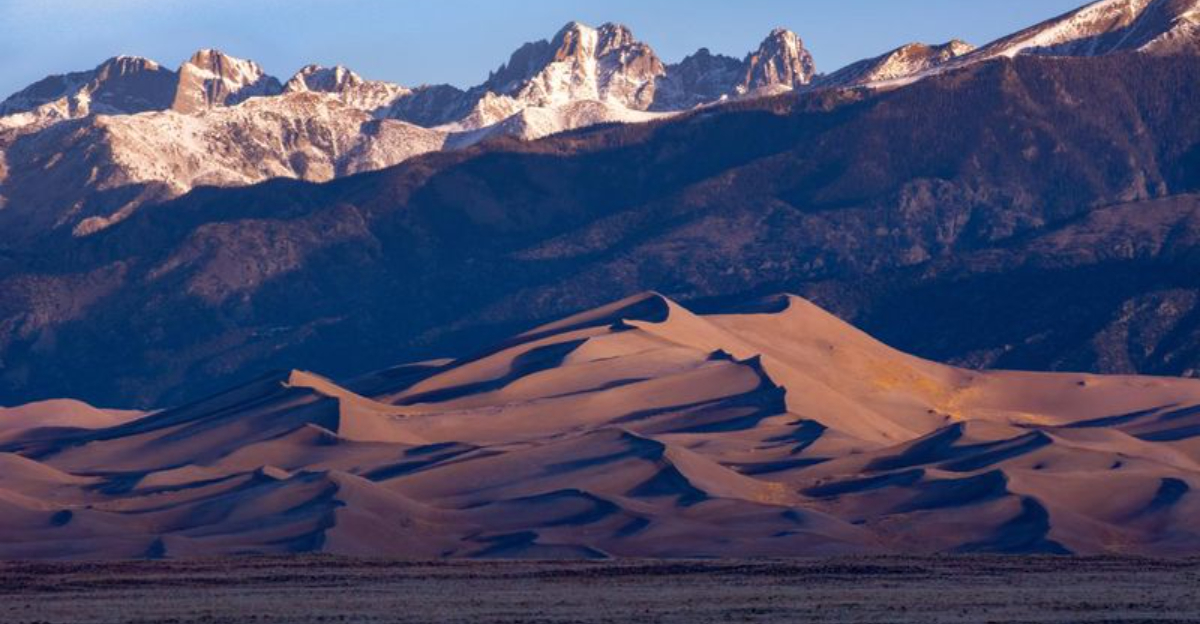
Colorado is full of surprises, and some of its best treasures aren’t where the crowds go. Beyond the well-known ski towns and big-name attractions, there are small mountain communities with soul—places where you can sip coffee with locals, hike straight from your front door, and feel like you’ve stumbled onto something truly special.
Have you ever ended up in a town that looked great online but left you underwhelmed in person? Yep, me too. That’s why I’ve spent time digging into the corners of Colorado most travelers skip over. Some towns instantly captured my heart with their authenticity and natural beauty—others, not so much.
In this roundup, I’ll guide you to the towns that deliver on charm, scenery, and vibe—and give you a heads-up on the ones that might not live up to the Instagram hype. Ready to explore the Colorado most people miss?
1. Paonia: Fruit Orchards and Artist Haven
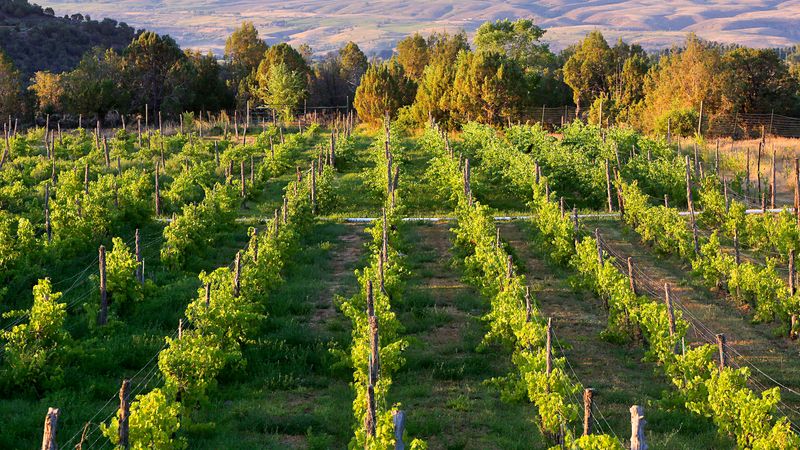
Nestled in Colorado’s North Fork Valley, Paonia feels like stepping into another world. Surrounded by fruit orchards and vineyards, this creative community blends agricultural roots with a thriving arts scene.
The downtown area boasts galleries, farm-to-table restaurants, and locally-owned shops where artists and farmers mingle freely. Summer brings festivals celebrating cherries, peaches, and wine.
If you’re seeking authenticity, Paonia delivers with its unpretentious charm and stunning views of the West Elk Mountains. The town’s pace invites you to slow down and savor small-town Colorado at its finest.
2. Crestone: Spiritual Sanctuary in the Mountains
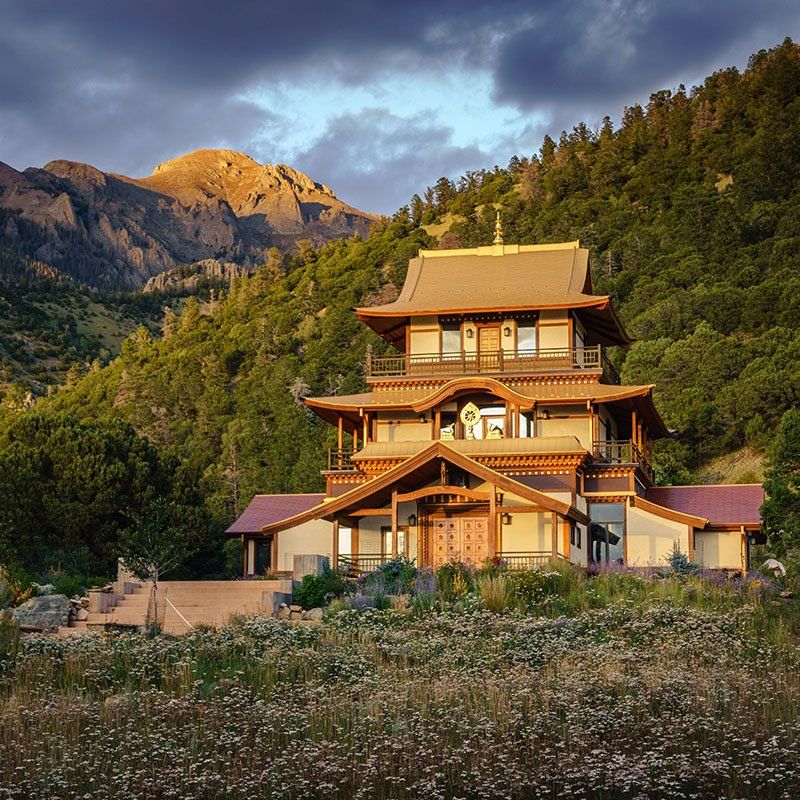
Hidden at the foot of the Sangre de Cristo Mountains, Crestone has become a spiritual melting pot unlike anywhere else in America.
This tiny hamlet hosts an astonishing concentration of spiritual centers—from Buddhist and Hindu temples to Christian monasteries and Native American sacred sites. The town’s mystical energy draws seekers and artists who appreciate its stunning natural setting. Hiking trails lead to alpine lakes and incredible vistas that seem to touch the heavens.
Despite its spiritual reputation, Crestone remains refreshingly unpretentious with a quirky downtown featuring organic cafés and metaphysical bookshops. The stargazing here ranks among Colorado’s best, with minimal light pollution.
3. Silverton: Mining Town Time Capsule
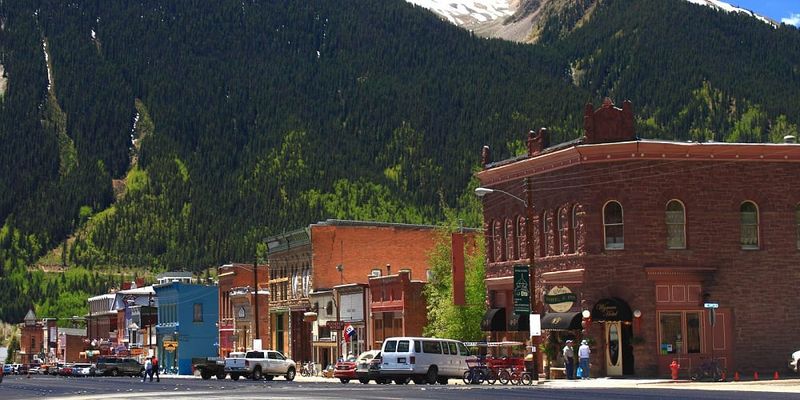
Tucked high in the San Juan Mountains at 9,318 feet, Silverton stands frozen in time. This former silver mining boomtown preserves its Wild West character with remarkable authenticity—Victorian buildings line the unpaved main street where the mountains tower dramatically on all sides.
The famous Durango-Silverton Narrow Gauge Railroad delivers visitors daily during summer, but when the train departs, the town reverts to its peaceful self. Locals gather at historic saloons that have served miners since the 1880s.
Winter transforms Silverton into a snowy paradise for extreme skiers at Silverton Mountain. The lack of commercialization makes this town special—you won’t find chain stores or fancy resorts, just genuine mountain heritage.
4. Lake City: Outdoor Paradise with Victorian Charm
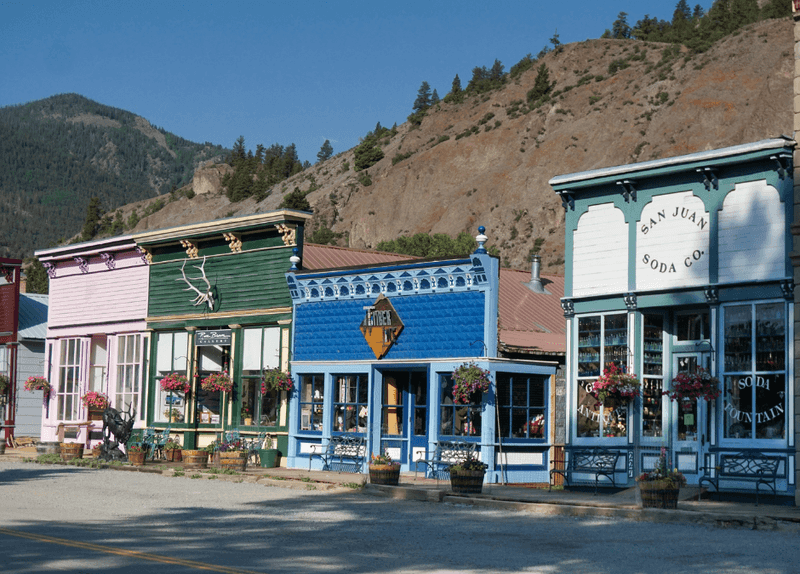
Lake City might be Colorado’s most perfectly preserved Victorian mountain town that tourists haven’t overrun. Situated where the Lake Fork of the Gunnison River meets Henson Creek, this hidden gem offers access to five 14,000-foot peaks and the stunning Alpine Loop scenic byway.
The town’s historic district features beautifully maintained buildings from the 1870s silver boom. Unlike busier mountain destinations, Lake City maintains its authentic character with locally-owned businesses and a genuine small-town atmosphere.
Summer brings wildflowers and hiking opportunities, while fall transforms the surrounding mountains with spectacular aspen displays. With Lake San Cristobal nearby, outdoor enthusiasts find paradise here without fighting crowds.
5. Ouray: Switzerland of America Without the Crowds
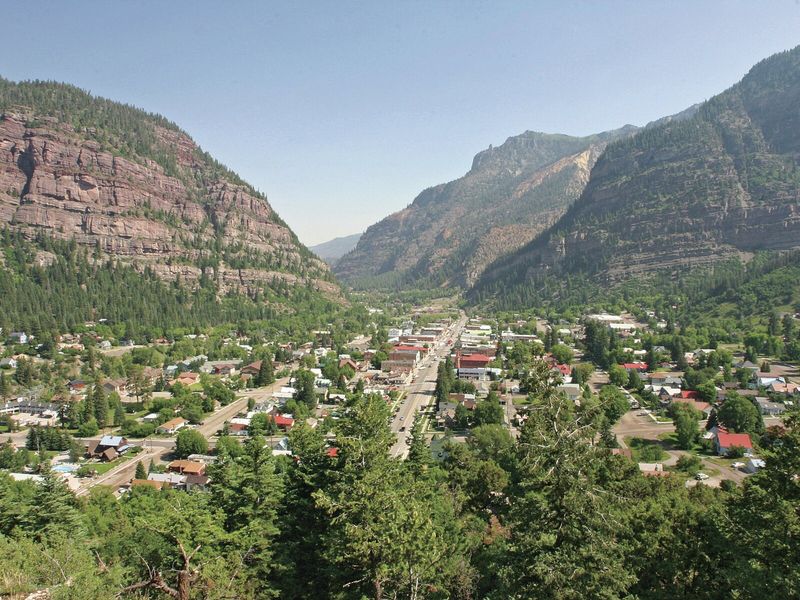
Dramatically situated in a box canyon surrounded by 13,000-foot peaks, Ouray earns its nickname as the “Switzerland of America.” The town’s hot springs provide natural relaxation after exploring nearby hiking trails or tackling the famous ice climbing park in winter.
Victorian architecture dominates the walkable downtown, where locally-owned shops and restaurants operate from historic buildings. Unlike its more famous neighbor Telluride, Ouray maintains its unpretentious character and reasonable prices. The Million Dollar Highway connecting Ouray to Silverton ranks among America’s most spectacular drives.
With world-class jeeping, hiking, and hot springs all accessible from town, Ouray delivers alpine paradise without the resort-town attitude or prices.
6. Rico: Undiscovered Mountain Escape

Rico represents what Colorado mountain towns were like before tourism transformed them. This tiny former mining community sits along the Dolores River, surrounded by the spectacular San Juan Mountains and national forest land.
With fewer than 300 residents, Rico offers authentic mountain living without gift shops or tourist attractions. The historic main street features a handful of businesses including the beloved Rico Hotel, where you’ll find excellent food and local conversation.
Outdoor adventures abound with hiking trails, fishing spots, and backcountry skiing opportunities. Rico’s location on the San Juan Skyway scenic byway places it between Telluride and Dolores, yet most travelers zoom past without discovering this hidden treasure.
7. Westcliffe: Dark Sky Stargazing Paradise
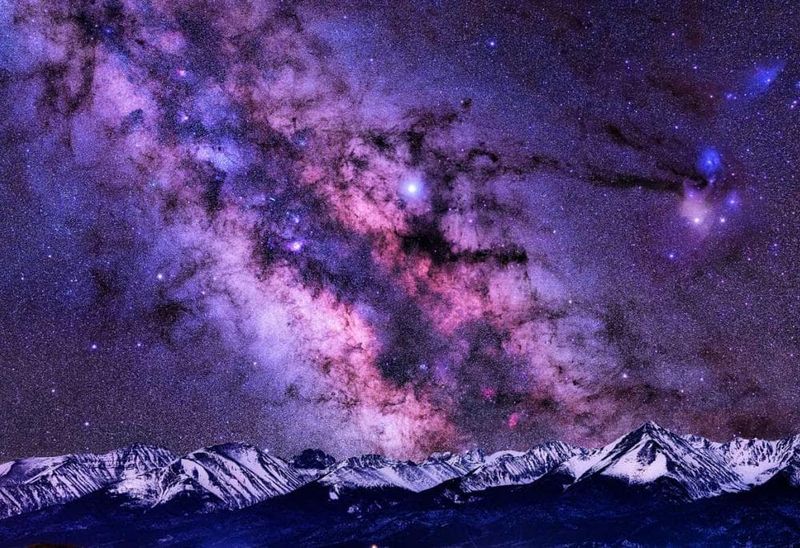
Nestled in the Wet Mountain Valley between the Sangre de Cristo and Wet Mountains, Westcliffe offers some of Colorado’s most spectacular mountain views. This ranching community and its sister town Silver Cliff earned International Dark Sky designation for their exceptional stargazing conditions.
The historic downtown maintains its Western character with buildings dating to the late 1800s. Local ranchers still drive cattle through town during seasonal moves, connecting visitors to Colorado’s agricultural heritage.
Summer brings wildflower meadows and hiking opportunities, while winter offers peaceful solitude. The lack of major development preserves both the landscape and the friendly small-town atmosphere where locals welcome visitors who appreciate authentic Colorado.
8. Marble: Tiny Town with Massive Beauty
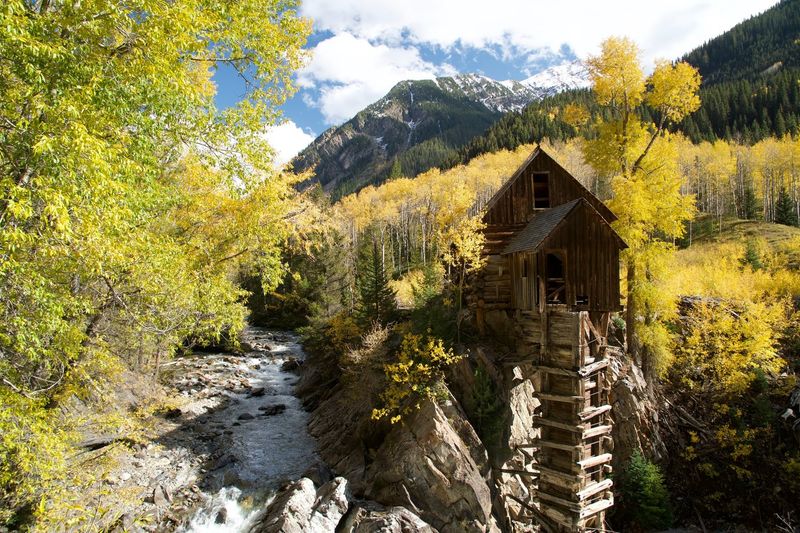
Marble earned its name from the extraordinary white stone quarried nearby—the same marble used for the Lincoln Memorial and Tomb of the Unknown Soldier. This tiny hamlet of fewer than 150 residents sits in a spectacular valley beneath the Elk Mountains.
The Crystal River runs clear through town, offering fishing opportunities and scenic beauty. Marble’s remote location keeps it uncrowded, though adventurous travelers come for the famous Crystal Mill, one of Colorado’s most photographed historic structures.
The Slow Groovin’ BBQ serves as the town’s social hub, where locals and visitors mingle over excellent food. With limited services and no gas station, Marble demands preparation but rewards visitors with authentic mountain character that larger towns have lost.
9. Ridgway: Creative Haven in Stunning Setting
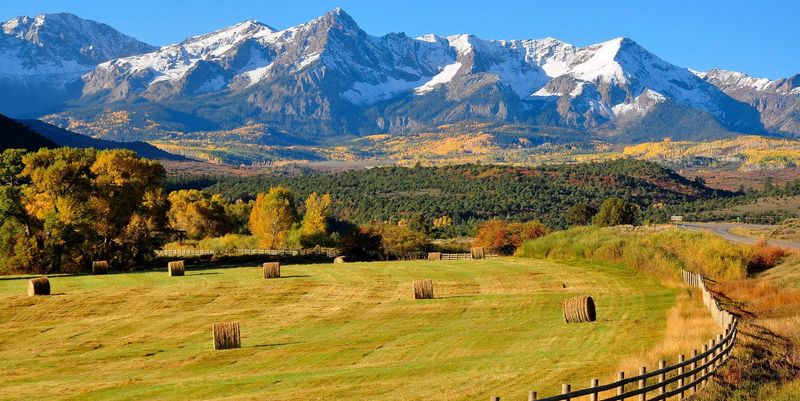
Ridgway blends Western heritage with a thriving creative community at the gateway to the San Juan Mountains. This former railroad town transformed itself into an arts destination while maintaining its authentic character and spectacular mountain views.
The downtown area features galleries, farm-to-table restaurants, and the historic Sherbino Theater. True Grit fans recognize Ridgway from the original film, with several scenes shot in and around town. Ridgway State Park offers water recreation opportunities, while nearby hot springs provide relaxation after outdoor adventures.
The town’s location places it perfectly for exploring the surrounding mountains without the crowds or prices of better-known destinations like Telluride just 45 minutes away.
10. Hot Sulphur Springs: Historic Healing Waters
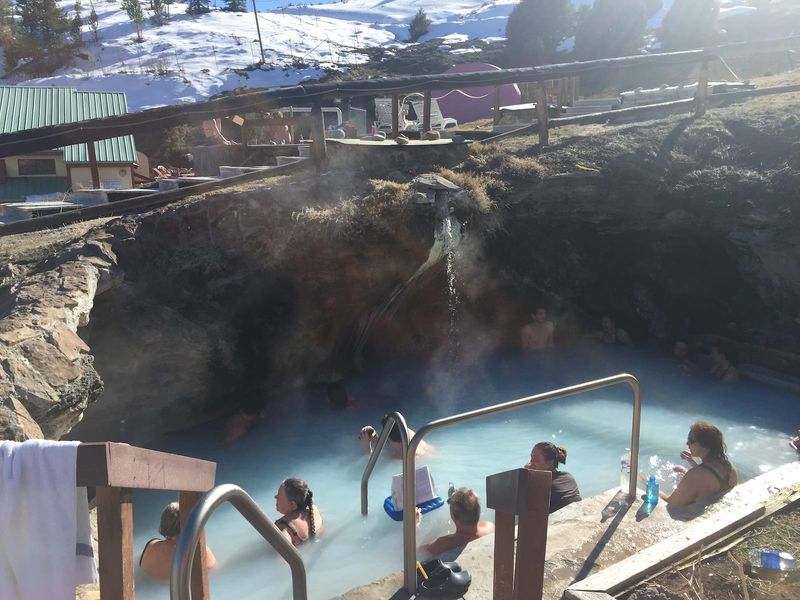
Native Americans considered these springs sacred long before settlers arrived, and today this tiny town offers authentic hot springs without resort pretensions. The historic bathhouse complex features 21 mineral pools of varying temperatures, all with stunning views of the surrounding mountains.
The town itself maintains its quiet character with a handful of businesses along main street. History buffs appreciate that this was Colorado’s first major resort area and home to the state’s oldest newspaper.
Located in Middle Park near the headwaters of the Colorado River, outdoor recreation abounds with fishing, hiking and winter sports. Hot Sulphur Springs offers the perfect base for exploring nearby areas while enjoying therapeutic soaks without the crowds of better-known hot springs destinations.
11. Buena Vista: Adventure Town with Mountain Backdrop
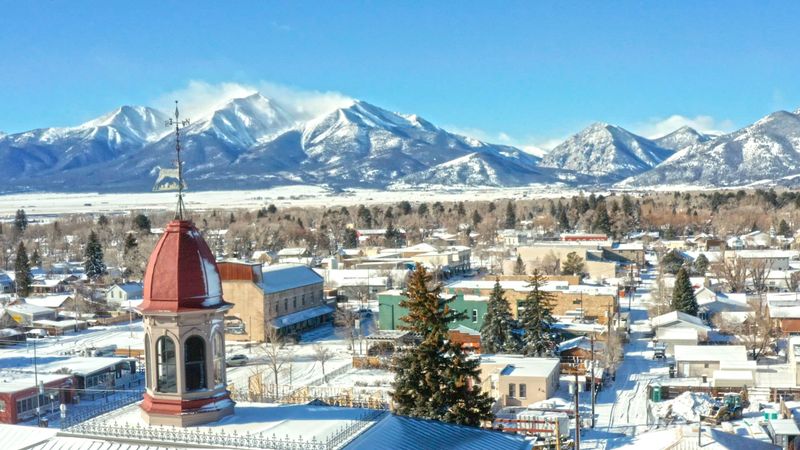
Buena Vista lives up to its Spanish name with “beautiful views” of the Collegiate Peaks—more 14,000-foot mountains than anywhere else in Colorado. This Arkansas River town has transformed from sleepy agricultural community to outdoor recreation hub while maintaining its authentic character.
The revitalized South Main neighborhood blends new development with historic charm, creating a vibrant riverside district. World-class whitewater rafting, mountain biking, and hiking draw adventure seekers, while nearby hot springs offer relaxation afterward.
Unlike some mountain towns that feel artificial, Buena Vista maintains a genuine community where locals and visitors mix easily. The combination of small-town atmosphere, stunning mountain backdrop, and abundant recreation makes this one of Colorado’s most livable hidden gems.
12. Trinidad: Artistic Renaissance on the Border
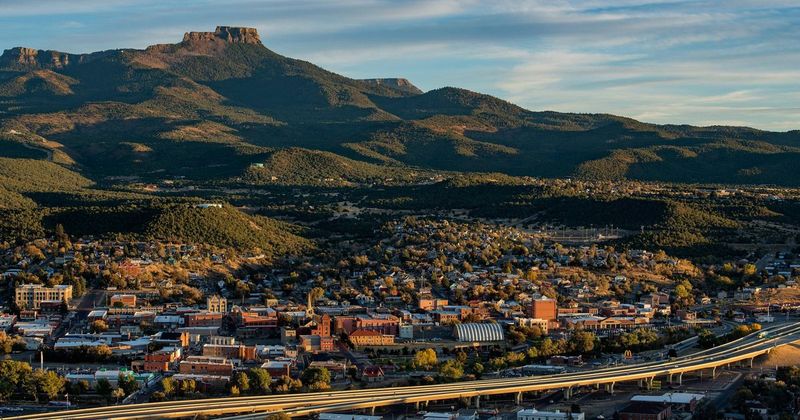
Trinidad’s spectacular setting beneath Fisher’s Peak showcases one of Colorado’s most impressive historic districts.
This former coal mining center near the New Mexico border features over 600 buildings on the National Register of Historic Places, including magnificent Victorian architecture built during mining boom days. Recently, Trinidad has experienced an artistic revival as creative people discover its affordable historic buildings and stunning natural setting.
The town’s cultural institutions include the impressive Trinidad History Museum and A.R. Mitchell Museum of Western Art. Colorado’s newest state park at Fisher’s Peak provides outdoor recreation opportunities right from town. Trinidad offers the perfect blend of history, architecture, and emerging arts scene in a spectacular setting that most Colorado visitors miss entirely.
13. Leadville: High Altitude Disappointment
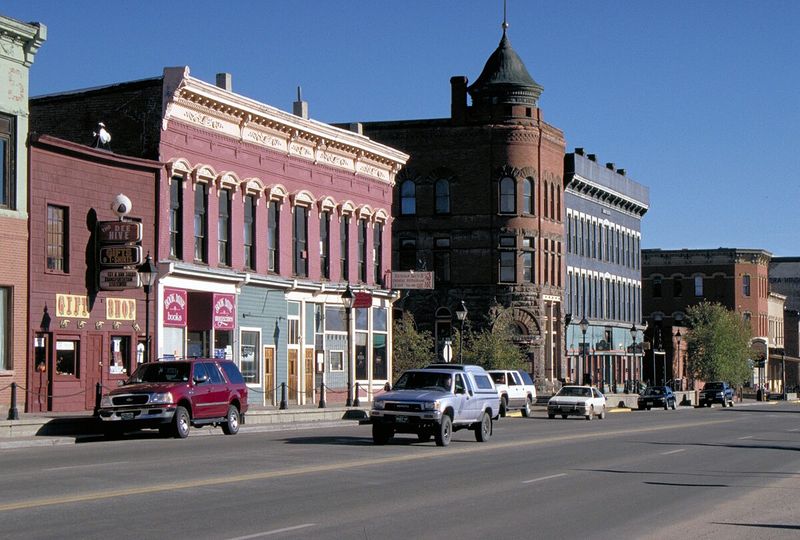
Despite Leadville’s fascinating mining history and status as America’s highest incorporated city at 10,152 feet, the reality often falls short of expectations. The historic district shows potential with Victorian-era buildings, but many sit empty or poorly maintained.
Winter brings brutal conditions with temperatures regularly dropping below zero. The town’s economy has struggled for decades since the mining collapse, creating a somewhat depressed atmosphere despite efforts at revitalization.
Though surrounded by spectacular mountains including Colorado’s two highest peaks, Leadville itself feels neglected compared to more prosperous mountain towns. The National Mining Hall of Fame provides interesting history, but overall, Leadville requires lowered expectations—it’s more authentic than charming, with limited dining and accommodation options.
14. Cripple Creek: Casino Town That Lost Its Soul
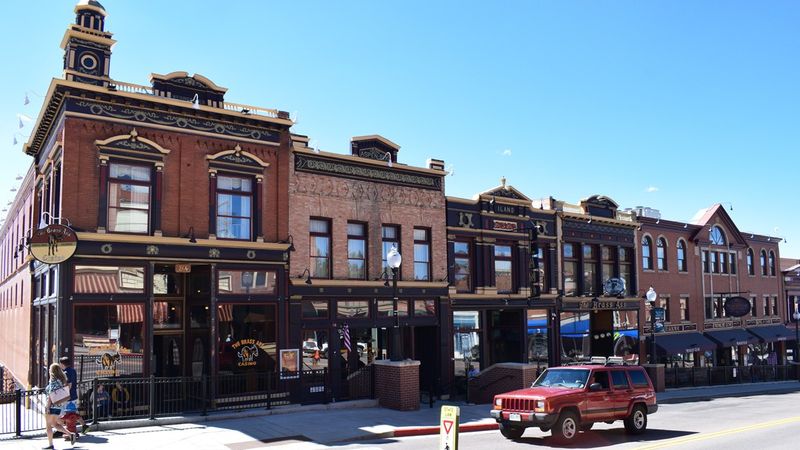
When Colorado legalized limited gambling in 1991, Cripple Creek transformed from historic mining town to casino destination—and lost much of its charm in the process. Historic buildings now house slot machines rather than local businesses serving community needs.
The town feels artificial, existing primarily to separate visitors from their money rather than showcase authentic Colorado heritage. While the surrounding mountains offer beautiful scenery, the town itself disappoints with its focus on gambling at the expense of character.
The Mollie Kathleen Gold Mine tour provides genuine mining history, but most historic attractions feel secondary to the casinos. Visitors seeking authentic Colorado mountain town experiences will find Cripple Creek’s commercialized atmosphere and limited non-gambling activities disappointing.
15. Alamosa: Gateway Town Without the Charm
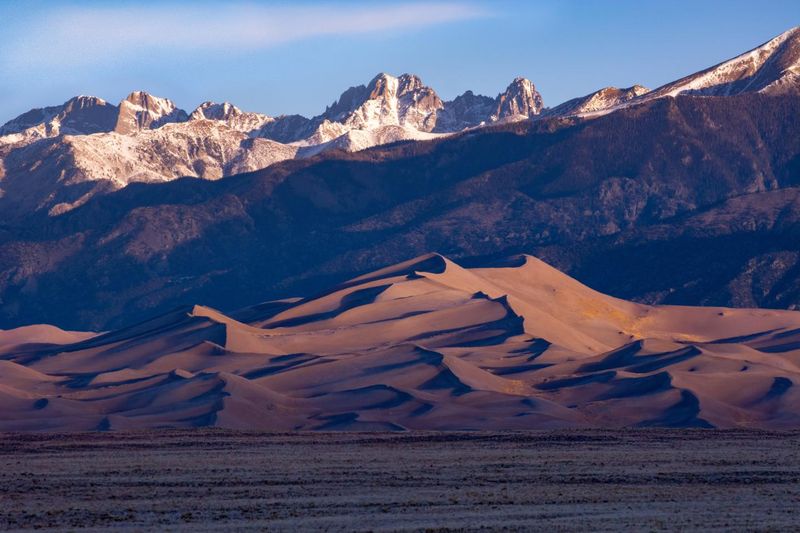
Alamosa serves as the commercial hub of Colorado’s San Luis Valley and gateway to Great Sand Dunes National Park, but lacks the charm of other mountain towns on this list. The agricultural center feels more functional than picturesque, with a downtown that struggles to engage visitors.
Extreme temperature swings make Alamosa uncomfortable much of the year—summer days can hit 90°F while nights drop to near freezing. Winter brings bitter cold to this high valley town. Though surrounded by natural wonders including the sand dunes and Sangre de Cristo Mountains, the town itself offers limited appeal beyond basic services.
Visitors typically use Alamosa as a jumping-off point rather than a destination, finding better experiences in smaller valley towns like Crestone.
